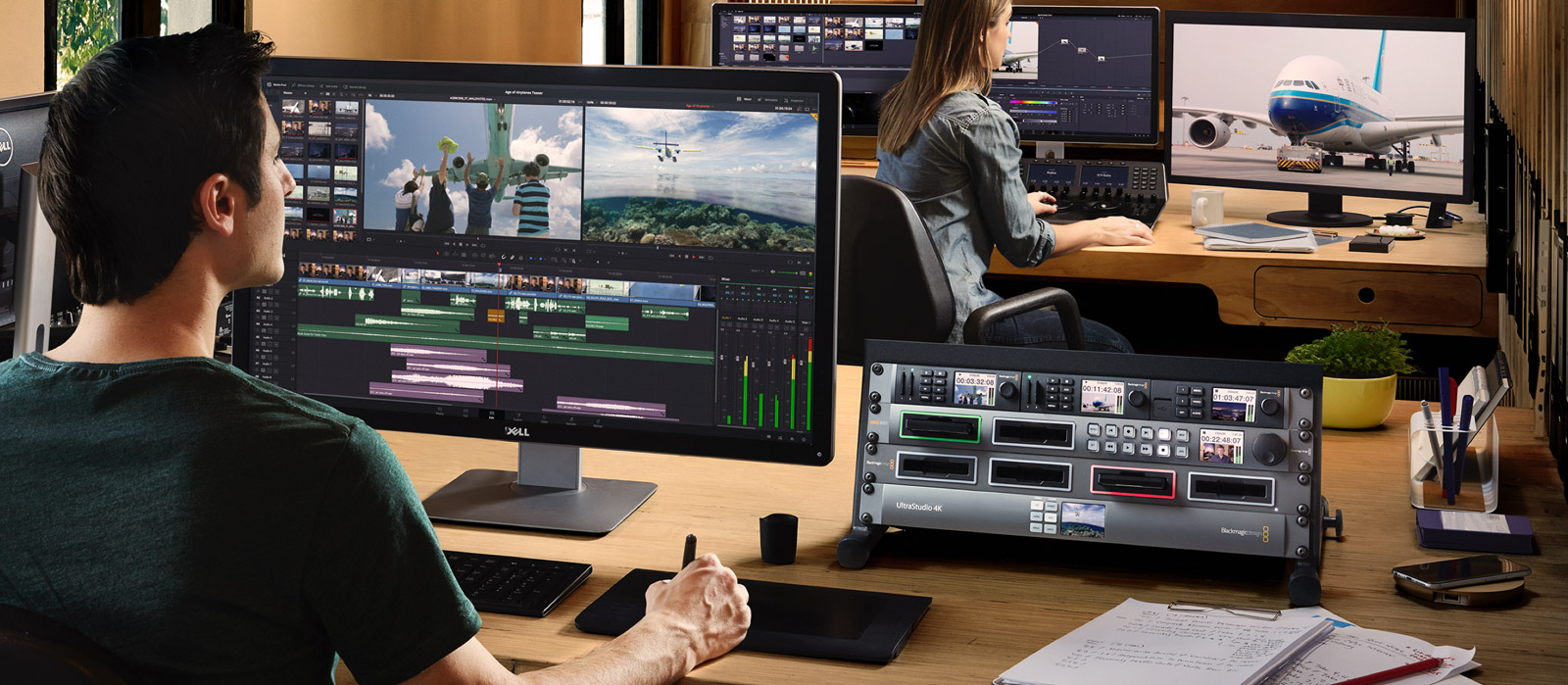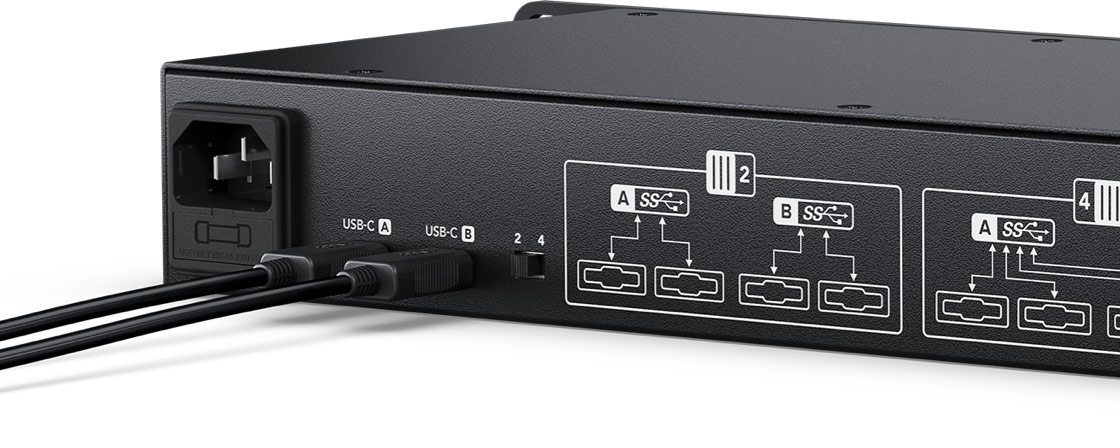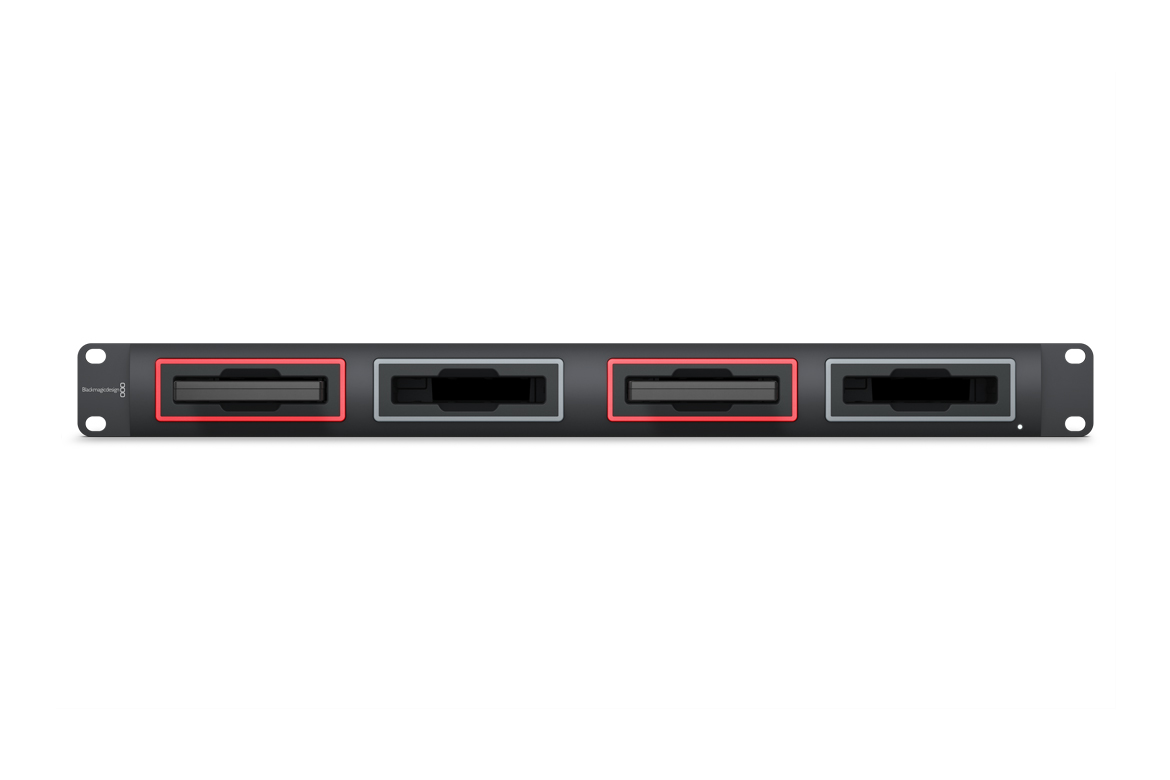

By NAB 2014, MultiDock had acquired Thunderbolt 2 too, as well as a new name, MultiDock 2.

#BLACK MAGIC MULTIDOCK LOOSE DISK PRO#
Then later that year Apple introduced the trashcan Mac Pro with its six Thunderbolt 2 ports. What’s more, at the very same NAB 2013 where BMD introduced MultiDock, Intel announced Thunderbolt 2, which doubled Thunderbolt’s throughput by merging the original two 10 Gbps bidirectional channels into a single 20 Gbps channel.

The second key feature of the original MultiDock was a pair of Thunderbolt ports at the rear, the speed of which left my USB 3.0 in the dust. Those littler 2.5-inch spinning drives that mounted in MultiDock were cute, but they were slower, the stuff of laptops, while 2.5-inch solid-state SSDs were out-of-reach and crazy-expensive.Ģ013 also happened to be Thunderbolt’s breakout year. I had just invested in a desktop dock with a “blazing” USB 3.0 connection, to accommodate two 3.5-inch 7200 rpm SATA drives, and was still getting used to working with “bare” hard drives. When Blackmagic Design introduced the original MultiDock at NAB 2013 - a compact, rackmount chassis with four open slots to insert 2.5-inch SATA drives like little cassettes - I thought of it as a clever novelty, nothing I could ever actually need. Feature image: Funny these days how fast a MultiDock 10G fills up.


 0 kommentar(er)
0 kommentar(er)
